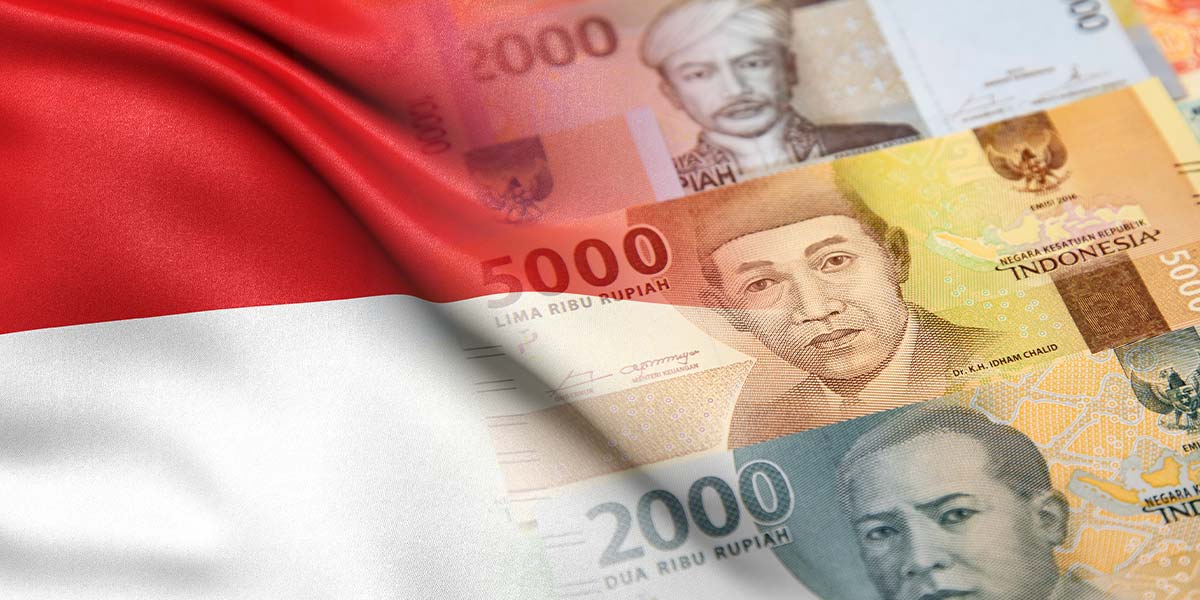Indonesia’s central bank marked a return to its rate-cutting trajectory, responding to subdued inflation, decelerating growth, and a more stable rupiah.
On Wednesday, Bank Indonesia reduced its benchmark seven-day reverse repo rate by 25 basis points, bringing it down to 5.50%. This shift follows three months of holding rates steady, a move anticipated by the majority of economists surveyed by The Wall Street Journal.
The central bank also trimmed its overnight deposit facility rate to 4.75% and lowered its lending facility rate to 6.25%.
Bank Indonesia Governor Perry Warjiyo emphasized that the decision aligns with the bank’s goals of managing inflation, maintaining rupiah stability, and fostering steady economic growth.
The rate reduction comes on the heels of Indonesia experiencing its slowest GDP growth in over three years as of the first quarter, compounded by the anticipated impacts of U.S. tariffs. Earlier in April, these concerns drove the rupiah to historic lows against the dollar, but recent weeks have seen the currency regain some of its footing.
HSBC economists, led by Pranjul Bhandari, recognized this as an opportune moment for a rate cut, although they considered a potential delay until June. The last time Bank Indonesia reduced rates was in January, despite fluctuations in the rupiah.
This is likely to be a substantial rate-cutting cycle, HSBC noted, acknowledging the central bank’s latest shift.
Looking forward, economists from OCBC, including Lavanya Venkateswaran and Ahmad A. Enver, predict further economic slowing in Indonesia, with weakened investment and consumer spending. They foresee the policy rate dipping to 5.25% by year-end.
Despite progress in trade negotiations with the U.S. and diminished domestic political uncertainty, the economists indicated that a full rebound in investor confidence remains out of reach.





